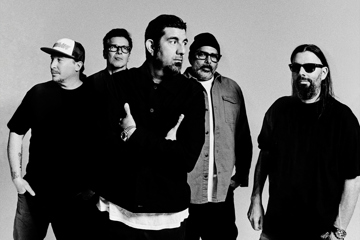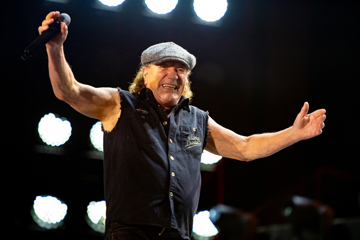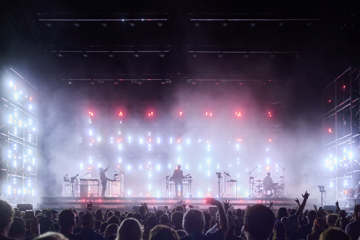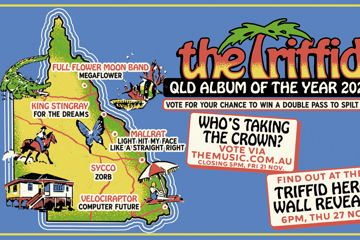Ghislain Ramage On His Cirque 'Job' Being More "Play" Than "Work"
"Contemporary circus can tend to be more dark because its goal sometimes is not to please the audience."
It's a frigid night in Santiago and French-born circus performer Ghislain Ramage is waiting to go on stage. He's been fulfilling a teenage dream and travelling the world with Cirque du Soleil, not only as a Cyr wheel specialist but as an all-rounder able to fill in where necessary. In many ways, his skill-varied base is old school carny; a bit of acrobatics, some clowning, juggling etc. It gives him an interesting perspective on the avowedly modern Cirque style.
"Contemporary circus," he explains, "can tend to be more dark because its goal sometimes is not to please the audience; it's more about the message you want to present. But this show is not like that."
This show is Kooza and it's about the circus. Its appeal is rooted in a kind of cultural nostalgia, a misty vision of tents, trapeze and tricksters. However, according to Ramage, the cosiness of memory does get disturbed. "Most people know about traditional circus but they don't know much about contemporary circus; but what happens with Kooza is that even though it's inspired by traditional circus, it's not traditional. It's transformed with the Cirque artistry."
"My mother sent me to a circus school because I was already running and jumping everywhere and she thought it would be a good idea."
Since debuting in Montreal in 2007, Kooza has toured relentlessly, clocking up close to 3,000 performances and more than six million ticket sales. Created by American-born clown David Shiner, it is most often described as "circus in a box". Indeed, the title was inspired by the Sanskrit 'koza', meaning box, chest or treasure.
Don't miss a beat with our FREE daily newsletter
However, Kooza is still typical Cirque, in that it ties itself to a narrative and a few core ideas. As Ramage encapsulates it, "The whole story of the show is about life and death. Yes, you have a dark side but it's treated in a way that's not scary. For me, it's not just dark because from darkness light shines again."
The show's trajectory follows the journey of a mime called The Innocent into the beguiling and morally ambiguous world of the circus, a place where he meets such characters as The Bad Dog, The King and The Trickster. In spite of all the potential pitfalls, The Innocent survives and thrives. "Kooza is inspired by the roots of circus," Ramage says, "so it's much more joyful."
For Ramage, the world of Kooza reflects his own journey, an odyssey that began at the age of six. "My mother sent me to a circus school because I was already running and jumping everywhere and she thought it would be a good idea. Luckily there was a small circus school in my hometown. I started doing it as a hobby, learning all the basic skills. It only became a passion later."
The passion was fuelled by a DVD of Cirque's Quidam, which the young Ramage watched over and over. "It was so rich and that's how I got really passionate about it," he recalls. "But y'know, before I was maybe 15 years old I did not even know I could really become a circus artist."
Ramage's life on the road performing in huge tents neatly accords with the traditional childhood circus fantasy. From smalltown France to Chile (and soon to Australia), he has walked the path so spectacularly realised in Kooza. "For me, it's not real work," he jokes. "Y'know, I get to play every night."







